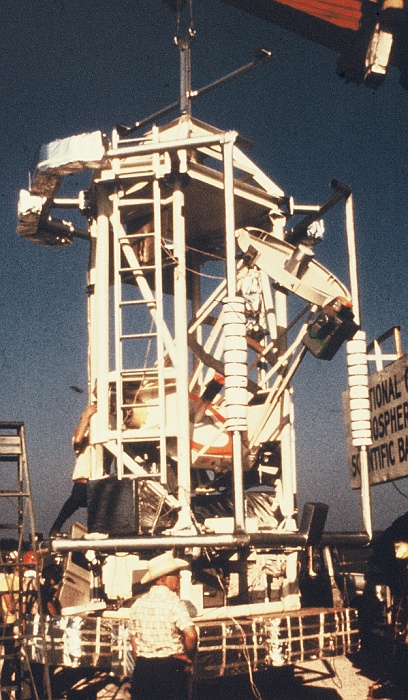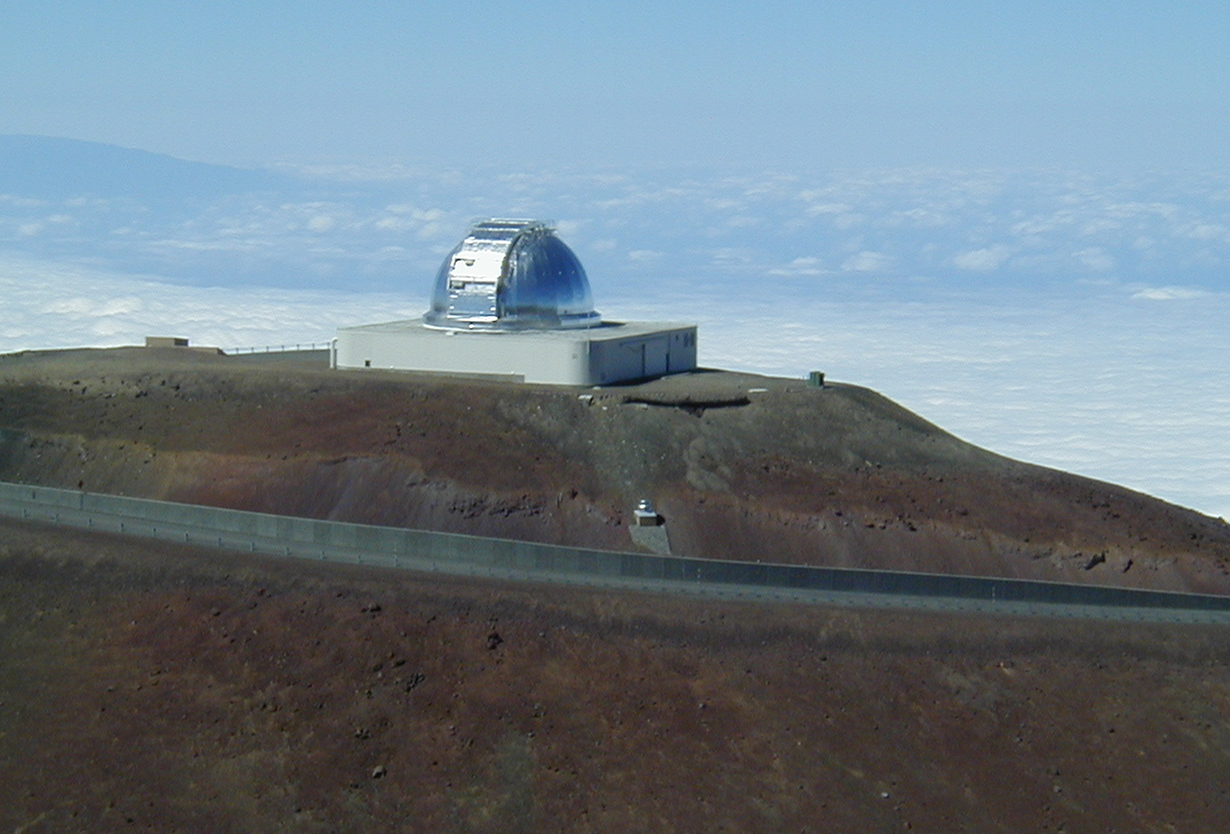

Its observations also supported the discovery of the first Y-type brown dwarf and Earth trojan asteroid. WISE discovered thousands of minor planets and numerous star clusters. It was launched in December 2009, and placed in hibernation mode in February 2011, before being re-activated in 2013 and renamed the Near-Earth Object Wide-field Infrared Survey Explorer (NEOWISE).
#Infrared telescope near me code
Wide-field Infrared Survey Explorer ( WISE, observatory code C51, Explorer 92 and SMEX-6) is a NASA infrared astronomy space telescope in the Explorers Program. This article was amended on 19 June 2023 to correct a reference to the second Lagrange point, which is 1.5 million km, not 150 million km, from Earth.13 years, 6 months and 1 day (in progress)Ģ.85 × 2 × 1.73 m (9 ft 4 in × 6 ft 7 in × 5 ft 8 in) “Hopefully that will help us understand what fundamentally is really going on in the cosmos around us.” “The point of Euclid is really to get the data that will allow us to start discriminating between which of the different ideas we have about the dark universe,” said Taylor. In this way, Euclid – named after the ancient Greek mathematician who is considered to be the father of geometry – will uncover the secrets of the dark universe, it is hoped. The end result of this work will be the creation of a history of how the universe has expanded over the past 10 billion years, a chronology that should reveal secrets that should help unravel the true nature of dark energy. In that way we can actually work out how the size of our universe is changing over time and understand when changes in its expansion rate occur.” “We will peer further into the universe and further back in time and study how big it looks at different periods. “We will use Euclid to measure it in a different way,” Wilkins added. This information will then help direct the search for dark matter particles on Earth.” On the other hand, if dark matter is made of very large particles, that will produce a different set of lensing. If so, they will produce one kind of lensing. “It may be that dark matter is made up of light particles. “Gravitational lensing produced by dark matter will tell us a great deal about what it is made of,” said Prof Mathilde Jouzac of Durham University. The telescope will reveal millions of images of galaxies. This is gravitational lensing and the distorted images it produces will provide key insights into the nature of the dark matter that is triggering them. When that happens, its gravitational field will stretch and deflect the path of the light.

In some cases, light from these distant bodies will pass through dark matter on its journey towards Earth. This will involve taking millions of images of galaxies. To get around this problem, Euclid will exploit a phenomenon known as gravitational lensing. Such precision will be crucial in uncovering the secrets of dark matter, which cannot be seen directly because it is most probably made up of particles that do not emit, reflect or absorb light, according to scientists. “Euclid has the resolving power of the Hubble space telescope but will be able to survey a third of the night sky at the same time, so it will give us an incredibly detailed map of the heavens,” the astronomer Stephen Wilkins, of Sussex University, said. The 2-tonne spacecraft will then begin its survey of the heavens. Here the craft will be able to peer out into deep space with the sun, Earth and moon behind it. Scheduled for launch on 1 July, Euclid will take a month to cross the solar system to its destination 1.5 million km from Earth at a position known as the second Lagrange point. However, after the invasion of Ukraine, the European Space Agency ended its cooperation with the Russian space agency, Roscosmos, and instead signed a deal to use a Falcon 9 rocket from Elon Musk’s SpaceX company. “The answer was Euclid, which has now been designed, built and is ready for launch.”Įuclid was intended to be launched last year on a Russian Soyuz rocket. “We thought what would be the biggest, most fundamentally important project we could do?” Taylor said. For example, one of its two main instruments, the craft’s Vis imager, was mostly built in the UK. Taylor added that UK scientists had played a key role in designing and building the probe. “We cannot say we understand the universe if the nature of these dark components remains a mystery,” said astrophysicist Prof Andy Taylor of Edinburgh University. Both dark energy and dark matter are invisible and astronomers have only been able to infer their existence by measuring their influence on the behaviour of stars and galaxies.


 0 kommentar(er)
0 kommentar(er)
